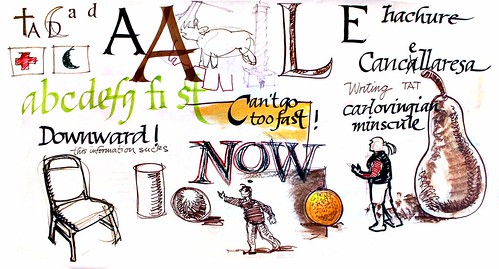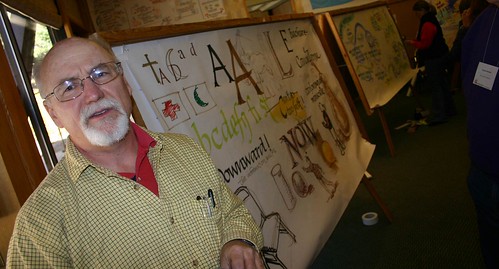The Thirteenth Tipping Point
 Alphachimp
Alphachimp  Saturday, November 4, 2006 at 2:05PM
Saturday, November 4, 2006 at 2:05PM  Understandably, my eye is caught by any magazine cover with a chimp on it.
Understandably, my eye is caught by any magazine cover with a chimp on it.
Now when a publication combines chimpanzee iconography with Malcolm Gladwell, well now you got required reading!
The core article of this issue of Mother Jones Magazine asks the same question that peaceniks and dyed-in-the-wool Goldwater Republicans alike shout into the stratosphere: "What is is going to take for us to survive?"
Dolphins, cockroaches, and vampire bats understand that cooperation is the key to survival. Why don't we?
From The Thirteenth Tipping PointScience shows that we are born with powerful tools for overcoming our perilous complacency. We have the genetic smarts and the cultural smarts. We have the technological know-how. We even have the inclination. The truth is we can change with breathtaking speed, sculpting even "immutable" human nature. Forty years ago many people believed human nature required blacks and whites to live in segregation; 30 years ago human nature divided men and women into separate economies; 20 years ago human nature prevented us from defusing a global nuclear standoff. Nowadays we blame human nature for the insolvable hazards of global warming.
The 18th-century taxonomist Carolus Linnaeus named us Homo sapiens, from the Latin sapiens, meaning "prudent, wise." History shows we are not born with wisdom. We evolve into it.
























 One opera house, 3 days, 500 participants, hundreds of "dangerous" ideas... this was
One opera house, 3 days, 500 participants, hundreds of "dangerous" ideas... this was 







